 [Image: U.S. Army soldiers “provide security while clearing an underground complex during dense urban environment training,” photo by Captain Scott Kuhn.]
[Image: U.S. Army soldiers “provide security while clearing an underground complex during dense urban environment training,” photo by Captain Scott Kuhn.]
I had missed this “urban warfare Christmas wish list” posted back in 2018, complete with specific but speculative tools for intra-architectural combat. Who doesn’t think about urban warfare on Christmas?
The list suggests developing a military-grade “industrial foam thrower” (perhaps suggesting a future black-market for used rave equipment). “I want an industrial foam-throwing gun,” John Spencer writes, “that will seal each opening as I find and move past them. Foam is already used to lift concrete house foundations, streets, and sidewalks in the private sector. Adapting this tool to the needs of the urban warrior would pay huge dividends.”
Spencer’s wish list continues: “I would want a mining robot that could drill or punch holes in walls in advance of my movements. The robot would have the software, data, and sensing capability to know where to go through walls most easily and with the least amount of damage.”
In fact, this gives me the perfect excuse to post something I’ve had bookmarked for years: remote controlled demolition robots. Husqvarna, for example, makes “a small and very versatile demolition robot that can be transported inside a van.” Surely, a militarized line of portable, remotely controlled demolition robots is just one purchase-order away from becoming reality.
The list continues. Spencer calls for wheeled barriers, allowing “concrete walls to roll directly off of a flatbed truck into position”; giant, grenade-launcher-deployed curtains for blocking entire streets and buildings from view (what he has elsewhere referred to as “an invisibility kit for urban combat”); and, among other things, military-grade jumper cables for tapping into the batteries of ruined cars left junked out on the street in order to power a unit’s portable electronic gear.
 [Image: From Tenet, courtesy Warner Brothers.]
[Image: From Tenet, courtesy Warner Brothers.]
Spencer also hosts a podcast called the “Urban Warfare Project,” one episode of which adds another, somewhat Tenet-like piece of gear to this list: air tanks for prolonged missions in underground spaces. (In Christopher Nolan’s recent film, Tenet, the characters need to wear air tanks so that they can breathe while moving back in time.)
In any case, as I write in A Burglar’s Guide to the City, one of the reasons for studying these sorts of tools—whether they are military or criminal, whether they are used by firefighters or by demolition crews—is to understand both how works of architecture are internally connected and how those same structures can be dismantled.
Indeed, nearly every tool on Spencer’s list would also be of use for a sufficiently ambitious burglary crew—firing curtains across the street to hide entry and exit points, using demolition machines to break into vaults—but whether you pay attention to this stuff purely as an academic exercise or as a spur toward designing works of architecture that can resist, confuse, or baffle such equipment is up to you.
Check out the rest of Spencer’s list over at the Modern War Institute.
(Very vaguely related: Nakatomi Space.)
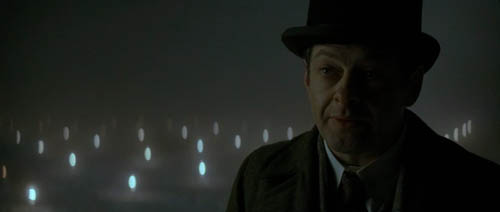 [Image: From Christopher Nolan’s film
[Image: From Christopher Nolan’s film 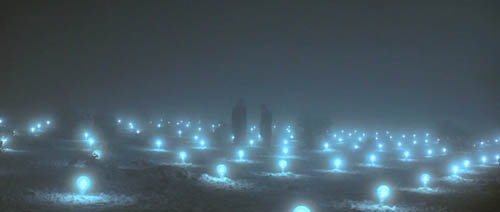 [Image: From Christopher Nolan’s film
[Image: From Christopher Nolan’s film 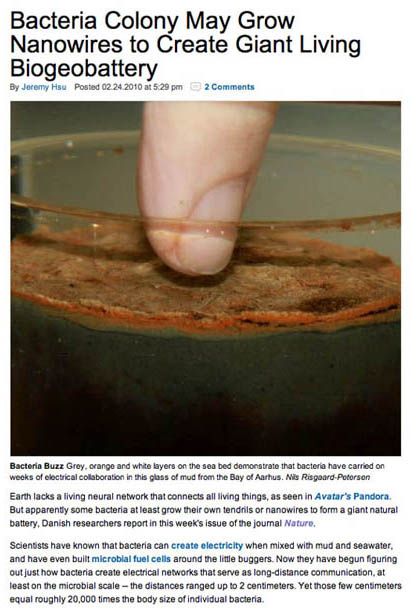 [Image: From
[Image: From 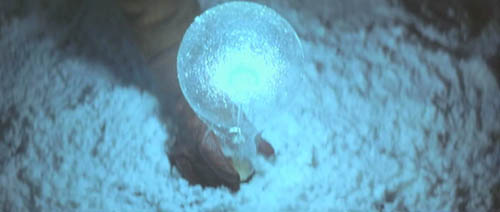
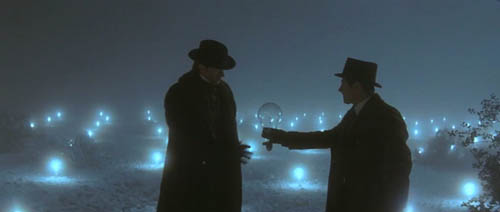
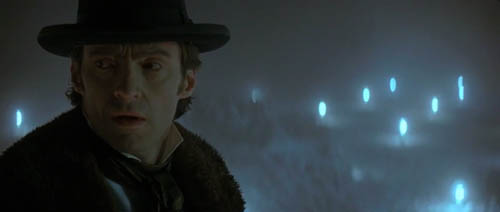 [Images: From
[Images: From 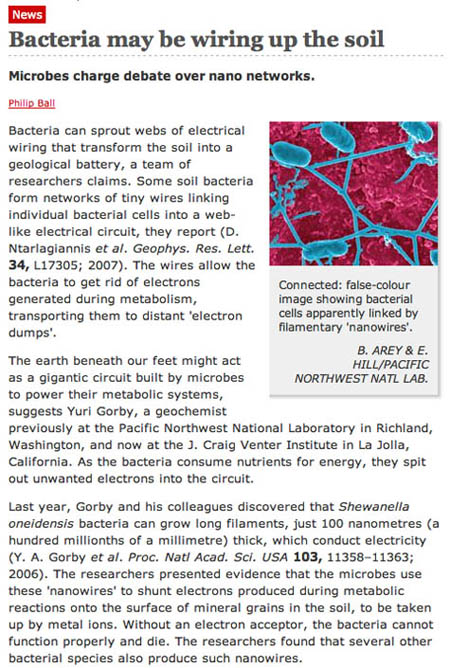 [Image: From
[Image: From 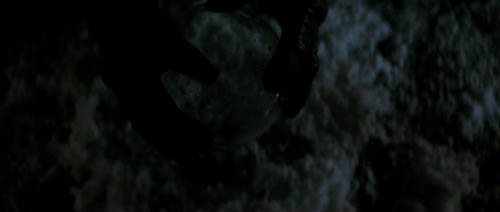 [Image: From Christopher Nolan’s
[Image: From Christopher Nolan’s 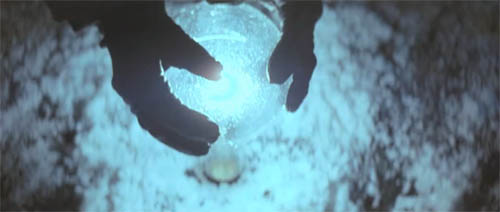 [Image: From
[Image: From